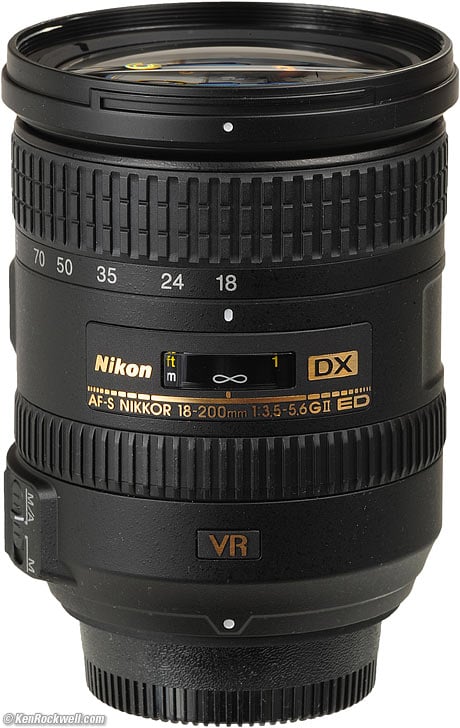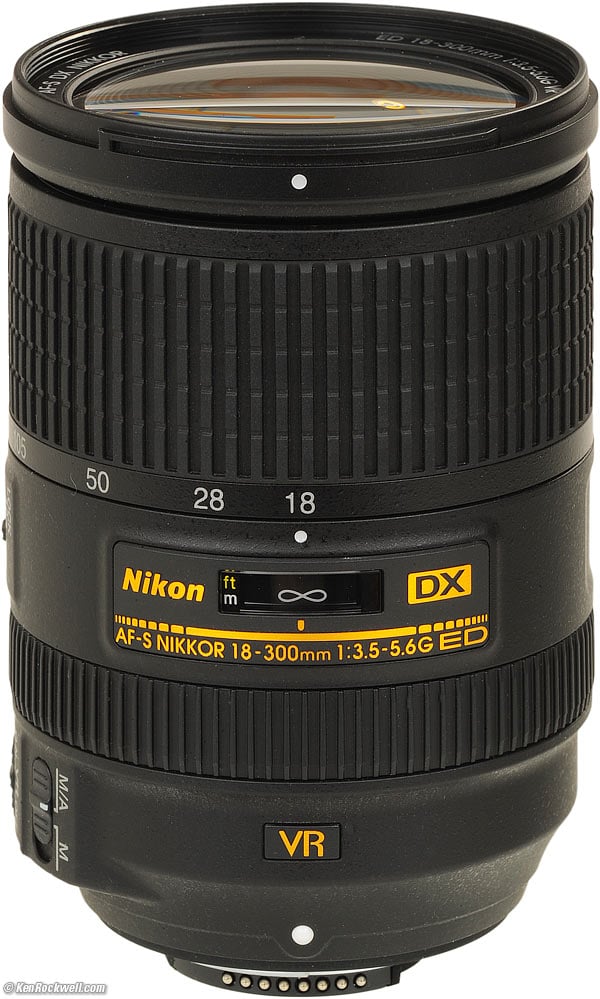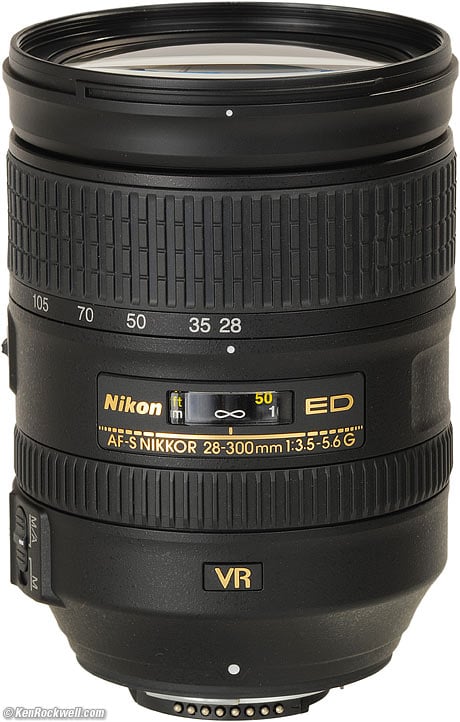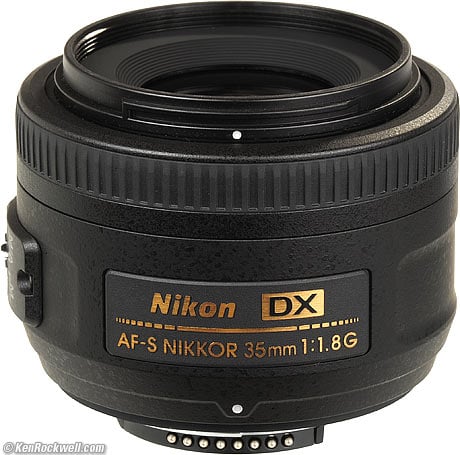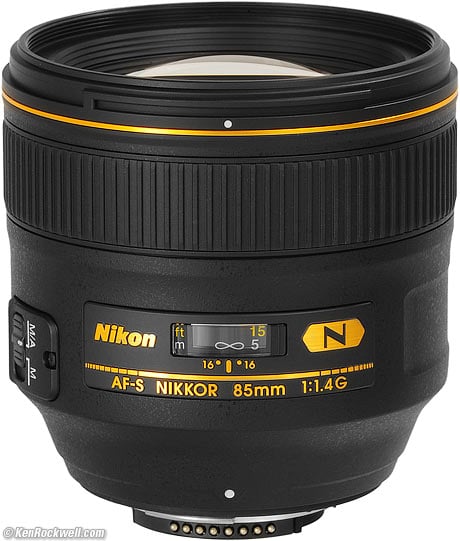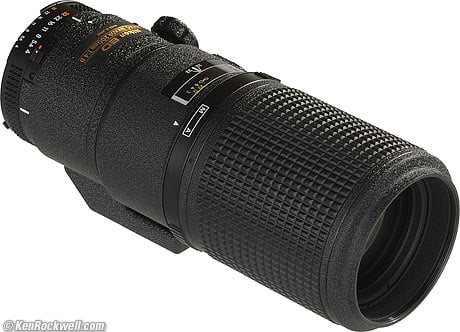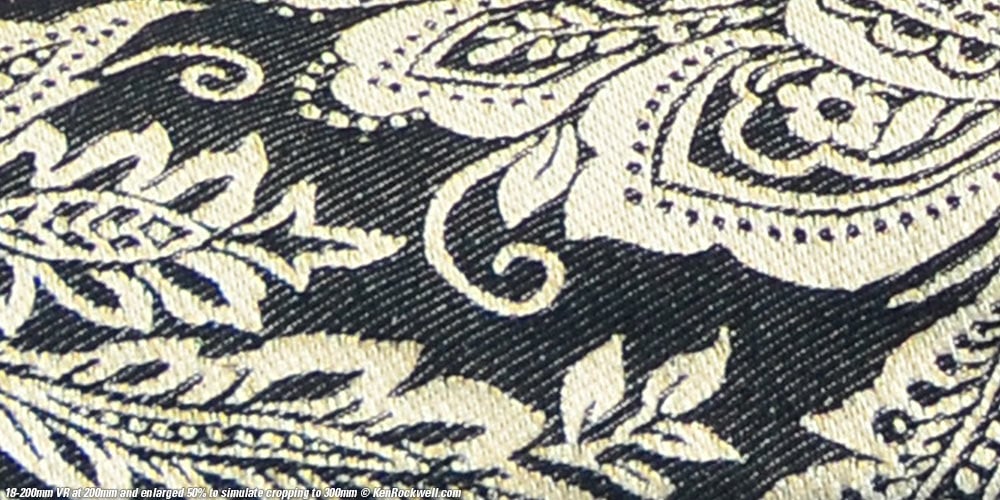Home Donate New Search Gallery Reviews How-To Books Links Workshops About Contact Nikon 18-200 vs 28-300 vs 18-300 Intro Images Comparison Table Recommendations Support independent expert testing: this free website's biggest source of support is when you use these links when you get anything, regardless of the country in which you live. It keeps me from having to take ads from camera makers or borrow cameras from them. Thanks! Ken.
July 2012 Nikon Reviews Nikon Comparisons Nikon Lenses All reviews
|
18mm 18mm 35mm 85mm 200mm 300mm top
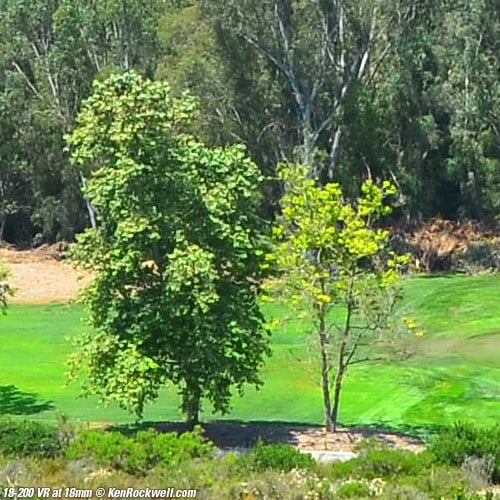 |
 |
At 18mm, they're the same. Ignore the exposure variations.
When reviewing numerous pairs, there were more variations in each lens from shot-to-shot than there was from lens to lens.
35mm 18mm 35mm 85mm 200mm 300mm top
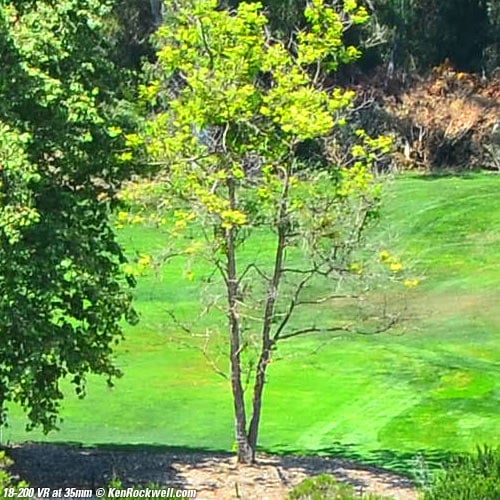 |
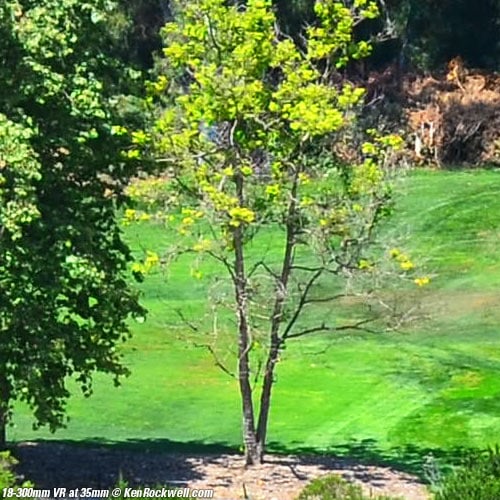 |
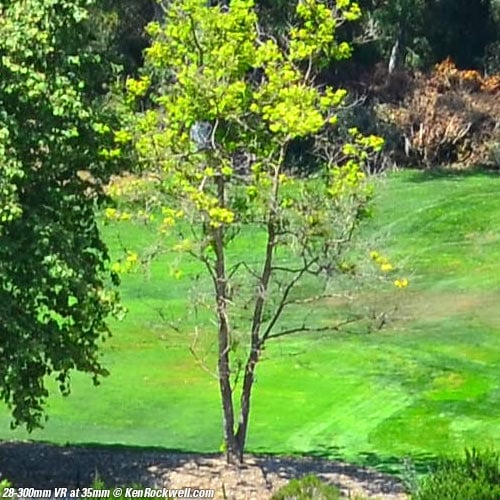 |
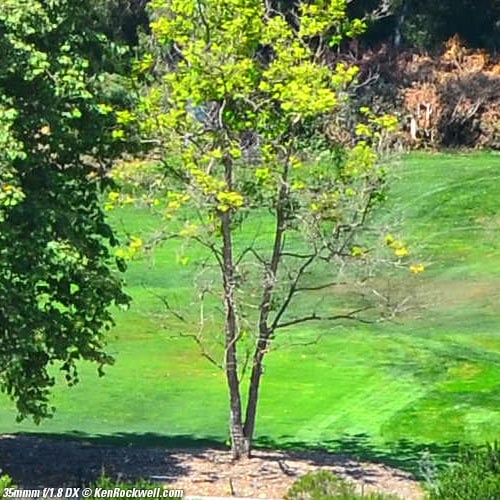 |
At 35mm, they're all the same. Ignore the exposure variations.
85mm 18mm 35mm 85mm 200mm 300mm top
 |
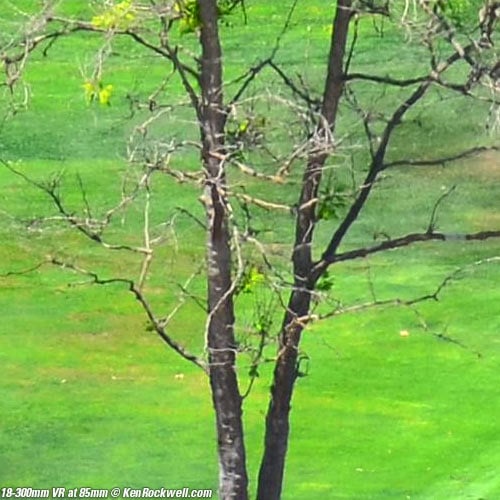 |
 |
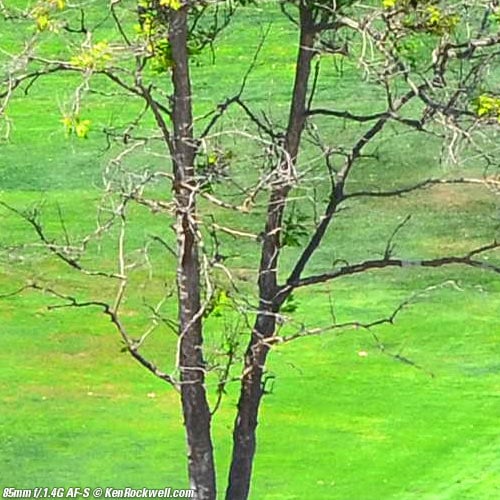 |
At 85mm, the 85/1.4G wins by a slight margin, with all the zooms about the same. Ignore the exposure variations.
200mm 18mm 35mm 85mm 200mm 300mm top
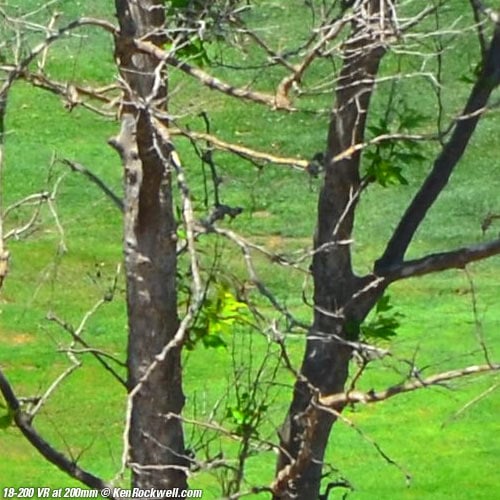 |
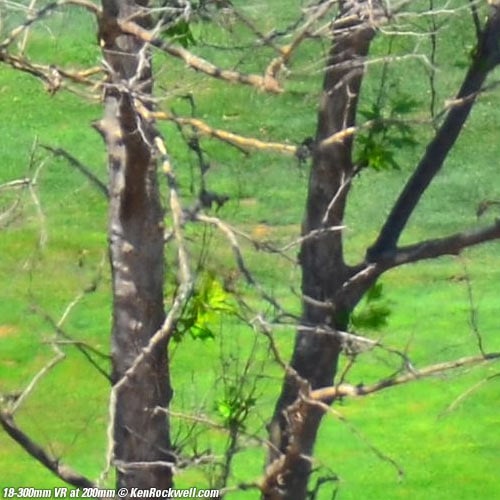 |
 |
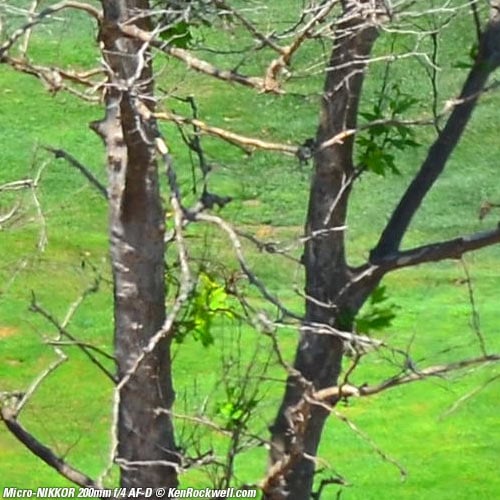 |
At 200mm, the 200mm Micro wins, followed closely by the 18-200. The 18-300 VR and 28-300 VR look crappy by comparison.
300mm 18mm 35mm 85mm 200mm 300mm top
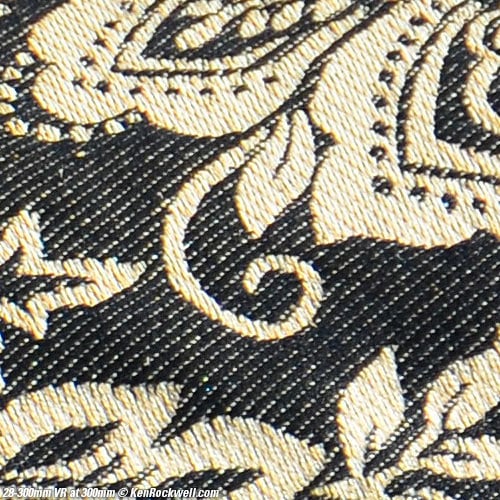 |
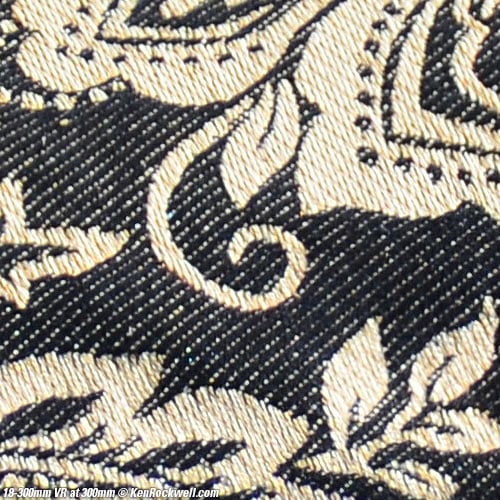 |
These are too close to call betwen the 18-300 and 28-300. Other shot pairs made one or the other look a little better. Don't sweat it.
Cropping from the 18-200mm isn't as good as either other lens at 300mm.
Versus 70-300 VR top Intro Images Comparison Table Recommendations The 70-300 VR is a different lens for a different purpose. Compared for sharpness, they are about the same at 105mm, the 70-300 is a little better at 200mm, and the 18-300 is a little better at 300mm. If you want something significantly better at the long end, look at the 80-200mm and 70-200 VR II lenses instead, or even Nikon's fixed lenses. At 200mm, my NIKKOR-Q 200mm f/4 from 1970 is sharper than any of the super zooms or 70-300 VR, and sells for only about $75!
Comparison Table top Intro Images Comparison Table Recommendations All work on DX cameras.
All have: Instant manual-focus override with a fingertip. Made in Thailand. Optical tricks that shorten the effective maximum focal length at close distances in exchange for being able to focus so close. At infinity, all give their rated maximum focal lengths.
All have the same: Minimum focus distance. Maximum aperture.
Nikon 18-200 VR DX, 28-300 VR and 18-300 VR DX. bigger.
Recommendations top Intro Images Comparison Table Recommendations These all do about the same thing optically. At normal shooting apertures in the center, they are all about as sharp as each other and the reference lenses at most focal lengths. They cover different ranges and are different sizes and cover different formats. Nikon makes no 28-450mm zoom for FX, which would have been the analog to the 18-300mm DX lens. All these lenses can make knockout photos 5-feet (1.5 meters) wide, seen at the same distance as your computer screen. People who spend a lot of time worrying about lens sharpness rarely spend time worrying about what makes a good photo, so they rarely do. Don't become one of them, get out and shoot! When I spend more time looking at the master files for thee shots on my dual 30" monitors, I realize that as plastic zoom lenses, there is often more variation from shot-to-shot with each lens than any consistent and absolute variation from one lens to another. All these zooms are made using the same technology, and pretty much make the same pictures. Your choice is easy:
FX and 35mm Of these three zooms, only the 28-300 VR works on FX. Done.
DX All three work on DX. The 28-300 VR loses all of the wide-angle range compared to the 18-300 VR. They are about the same size, weight and price, so unless you expect to be shooting FX and 35mm as well, forget the 28-300 VR for use on DX. This leaves us with the 18-200 and 18-300 for DX. Their similar performance makes the choice easy, since the 18-200 is smaller, lighter and less expensive, but the 18-300 goes to 300mm. Do you really want to pay the cost and and have to carry around the big 18-300 all the time just for the times you'll use 300 instead of 200mm? For me, I prefer the 18-200 , and if you really need and use 300mm, go ahead and get the 18-300 — just be forewarned that it's too big and heavy to enjoy carrying it all day.
Help me help you top I support my growing family through this website, as crazy as it might seem. The biggest help is when you use any of these links when you get anything. It costs you nothing, and is this site's, and thus my family's, biggest source of support. eBay is always a gamble, but all the other places always have the best prices and service, which is why I've used them since before this website existed. I recommend them all personally. If you find this page as helpful as a book you might have had to buy or a workshop you may have had to take, feel free to help me continue helping everyone. If you've gotten your gear through one of my links or helped otherwise, you're family. It's great people like you who allow me to keep adding to this site full-time. Thanks! If you haven't helped yet, please do, and consider helping me with a gift of $5.00. As this page is copyrighted and formally registered, it is unlawful to make copies, especially in the form of printouts for personal use. If you wish to make a printout for personal use, you are granted one-time permission only if you PayPal me $5.00 per printout or part thereof. Thank you!
Thanks for reading!
Mr. & Mrs. Ken Rockwell, Ryan and Katie.
Home Donate New Search Gallery Reviews How-To Books Links Workshops About Contact |

